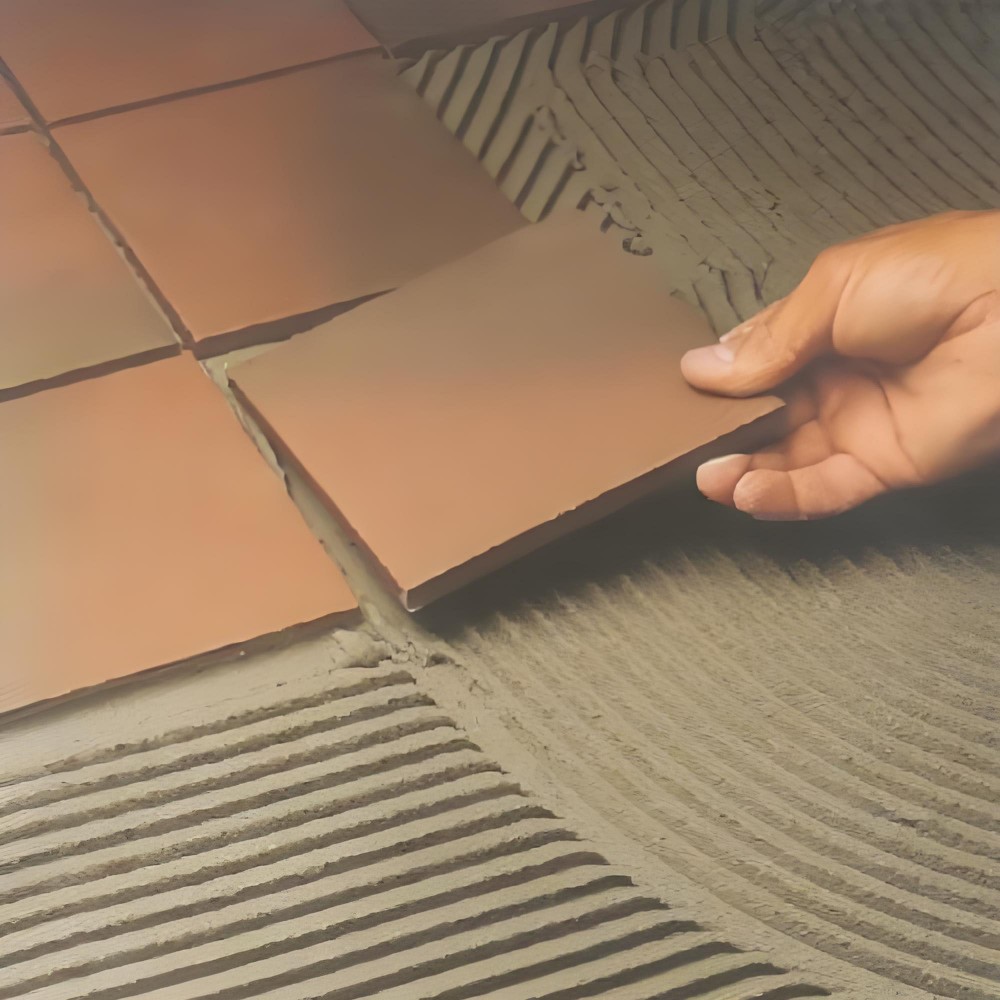

In tile laying construction scenarios in Shandong, many construction workers or property owners often wonder whether tile adhesive can be mixed with cement. In fact, this practice has obvious hidden dangers. Shandong tile adhesive manufacturers, based on product characteristics and construction practice, clearly do not recommend mixing the two. The specific reasons and correct usage methods can be analyzed from multiple dimensions.
1. Mixing Destroys the Original Proportion of the Product and Causes Core Performance Failure
Tile adhesive is not a single component. It has been accurately mixed with cement, selected aggregates, polymer and functional additives in accordance with industry standards. The proportion of these components has been repeatedly tested to ensure adhesion, flexibility and shrinkage resistance at the same time, so as to ensure the long-term stability of tiles. If additional cement is added, the original proportion balance will be directly broken: on the one hand, excessive cement will dilute the effect of polymer, leading to a significant decrease in the adhesion of tile adhesive, which cannot provide sufficient adhesion for tiles; on the other hand, excessive cement content will change the shrinkage coefficient of the material. After laying, with the evaporation of water, the mortar layer is prone to irregular shrinkage, which in turn causes gaps between the tiles and the wall, forming hollowing.
2. Mixing Increases Construction Risks and Raises Later Maintenance Costs
From the perspective of construction effect, mixing tile adhesive with cement will bring multiple risks. First, insufficient adhesion will cause the tiles to loosen in a short time after laying, and even fall off the wall, which not only affects the construction progress, but also may cause safety accidents if the tiles fall from a high position. Second, excessive cement will make the mortar layer have abnormally high hardness and increased brittleness. In daily use, once the wall is stressed (such as slight collision), the tiles are prone to cracking, and the cracks may further extend to the wall base, damaging the stability of the wall structure. In addition, problems such as hollowing and falling off often appear gradually months after the construction is completed. Later maintenance requires removing the original tiles and re-laying them, which greatly increases labor and material costs.
3. Mixing Affects the Decorative Effect and Destroys the Overall Aesthetics of the Wall
There are essential differences in appearance characteristics between tile adhesive and cement. Most tile adhesives are designed into neutral colors such as light gray and off-white to adapt to different decoration styles, and their texture is fine and uniform; while ordinary cement is mostly dark gray and relatively rough in texture. After mixing the two, the mortar layer will have uneven color depth. After laying the tiles, some areas may show mottled traces through the tile gaps. At the same time, the bonding degree between cement particles and tile adhesive components is poor, and the surface is prone to protrusions or depressions after drying. Even if the tiles are laid flat, it will affect the visual neatness of the wall and destroy the unity of the overall decoration style.
4. Correct Usage of Tile Adhesive and Cement
To ensure the quality and aesthetics of wall tiling, it is necessary to clarify the functional positioning of the two and use them separately.
- Prioritize tile adhesive for tile laying: After the wall base is leveled, directly apply tile adhesive to the back of the tiles or the wall, and lay them in accordance with standard methods. The high adhesion of tile adhesive can ensure the rapid positioning of tiles, and can effectively fill the tiny gaps between the tiles and the base, fundamentally avoiding hollowing and falling off.
- Cement focuses on wall base treatment: Cement is mainly used for early repair and leveling of the wall. For example, if there are holes or cracks in the wall, cement mortar can be used to fill them; if the wall flatness is insufficient, it can also be adjusted through the cement plaster layer to lay a flat and stable foundation for the subsequent tile adhesive laying.
Following the principle of "tile adhesive for laying tiles and cement for base treatment" can give full play to the advantages of the two materials and ensure the long-term stability and aesthetics of wall tiles. Shandong tile adhesive manufacturers remind that before construction, it is necessary to carefully read the product manual and abide by professional construction specifications. In case of special wall conditions, technical personnel of the manufacturer can be consulted to obtain customized solutions to avoid affecting the construction quality due to improper use of materials.

